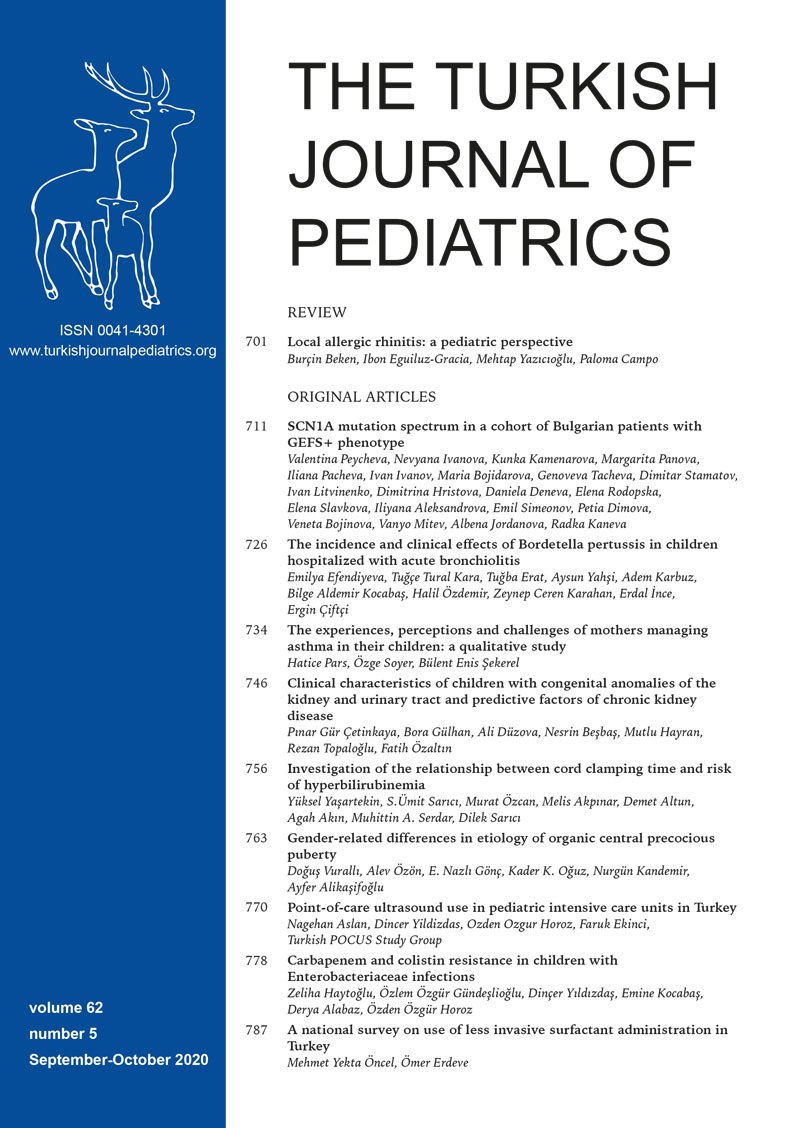Abstract
Background. Carbapenem-resistant Enterobacteriaceae (CRE) are an emerging global public health threat. As a reserve agent, colistin has been the drug of choice for the treatment of infections caused by CRE. The aim of this study was to determine the risk factors of carbapenem and colistin-resistant Enterobacteriaceae infections and to investigate the outcomes.
Methods. We conducted a retrospective study in a single university hospital between the years 2013 and 2017 including 150 patients with Enterobacteriaceae infections.
Results. Of 150 Enterobacteriaceae infections, 62 (41%) were carbapenem and 23 (15%) were colistin-resistant. Colistin resistance rates among Enterobacteriaceae species increased from 4% in 2014 to 25% in 2017. The inhospital mortality of the patients with colistin-resistant and with carbapenem-resistant infections were 39% (9/23) and 45% (28/62), respectively. Prior exposure to polyantibiotic therapy for Gram negative bacteria was found as a predictor of CRE (OR = 6.4; 95% CI 3.07-13.6; p = 0.001) infections. The median length of hospital stay prior to positive culture (OR = 1.02; 95%CI, 1.0-1.04; p = 0.003) and history of surgery during the admission (OR = 2.46; 95% CI 1.2-5.1; p = 0.005) were found as the predictors of CRE infections. Underlying necrotizing enterocolitis and/or short-bowel syndrome (OR=6.38; 95%CI 1.16-35; p = 0.033) and mechanical ventilation prior to index culture were found as predictors of colistin resistance (OR = 9.4; 95% CI 2-40.4; p = 0.004).
Conclusions. Recognizing the risk factors of carbapenem and colistin resistant Enterobacteriaceae infections is essential in order to conserve carbapenem and colistin since there are no new antibiotics to treat multidrugresistant Enterobacteriaceae infections.
Keywords: Enterobacteriaceae, carbapenem-resistance, colistin-resistance, outcome, risk factors
Copyright and license
Copyright © 2020 The Author(s). This is an open access article distributed under the Creative Commons Attribution License (CC BY), which permits unrestricted use, distribution, and reproduction in any medium or format, provided the original work is properly cited.














